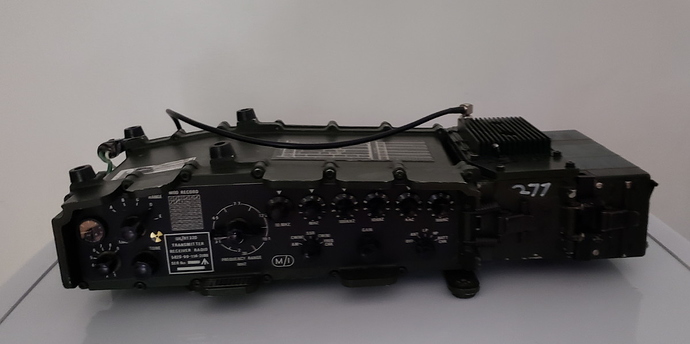Don’t we already have a standard bit of professional terminology for power levels referenced to 1 milliwatt (dbm) or 1 watt (dbW)?
Users of WSPR specify their output power in dbm.
Surely SOTA ops can learn to use an existing standard rather than inventing something different which I suggest does not really make for any easier calculations.
It would gladden any engineer’s heart to read people saying that 40 watts is 9 db greater than 5 watts, instead of saying “8 times the power!” Until we understand that the ratios of powers are more important than an extra watt (ref multitudinous comments about the power level of an ft818), we won’t be able to realistically plan our power levels.
As an example, assessing the power requirements for 100w compared with 40w would reveal that double the battery weight would generally be required for the same battery technology, duration of activation and duty cycle (allowing for same mix of modes and T/R ratio). Yet against that doubling of mass in battery AND an increase in the mass of the radio or amplifier, we need to offset the likely increase in contact rate from a 4 db increase in output power.
(See how easy it is to calculate dbs from a few basic facts. 2x power is 3 db, so 4 times is 6db. 10 times is 10 db. So db difference between 40 and 100 is 4 db. )
And we know that 4db might be discernable, and indeed on many radios a 4 db increase may well increase the S meter reading by an entire S point. If that is between s1 and s2 it would probably be very helpful. But between any higher S readings, it probably does not make a contact possible that was impossible at the lower power level. So, I would conclude that very few extra contacts are likely to be made (in typical conditions) by running 100w instead of 40.
So in planning my power level I decided that 100w was too much battery and radio to carry. And when I only need 5w the 100w radio is too much to carry, and also consumes more standing current in the final than the entire 5w radio consumes (roughly). Some users do not understand that turning the power down on a 100w radio merely reduces the drive level and does not change the class AB1 standing current of the final amplifier, which remains constant whatever power level is chosen. This is partly why a FT817 at 5w consumes less DC power overall than the FT857 or IC706 producing the same 5w of RF power. (Other power hogs in the higher powered radios include the CPU, other control circuitry and the display lighting - larger displays need more lighting behind them).
So my choice was to add a 40w amplifier to the kit, as an optional extra. Advantages: no extra current when not required. Only a bit more weight and my existing battery can handle it for long enough for most activations. 8 db more output power, a definite S point and at many points of the S meter scale, 2 or more. (The 6db standard is never reliably followed by manufacturers so should be regarded as a design ideal that is never met).
However 40w is a compromise between increasing the probability of completing an activation, providing a summit for chasers, and the extra mass in the backpack.
A special mention must be made of FM mode. It’s a disaster for battery powered operations. Unless you can easily get lots of battery power to your AZ, it is better in my view to focus on the CW and SSB modes. Digital users, you know what the answer is.
Apologies if this takes the thread further off topic, which I think was seeking comments and experiences of running high power as an activator. I’m assuming high power means more than 100w. I don’t have any amplifiers capable of more than 100w on HF. And the SB220 on 6m is not an option for SOTA activations. 
Andrew VK1DA/VK2UH









